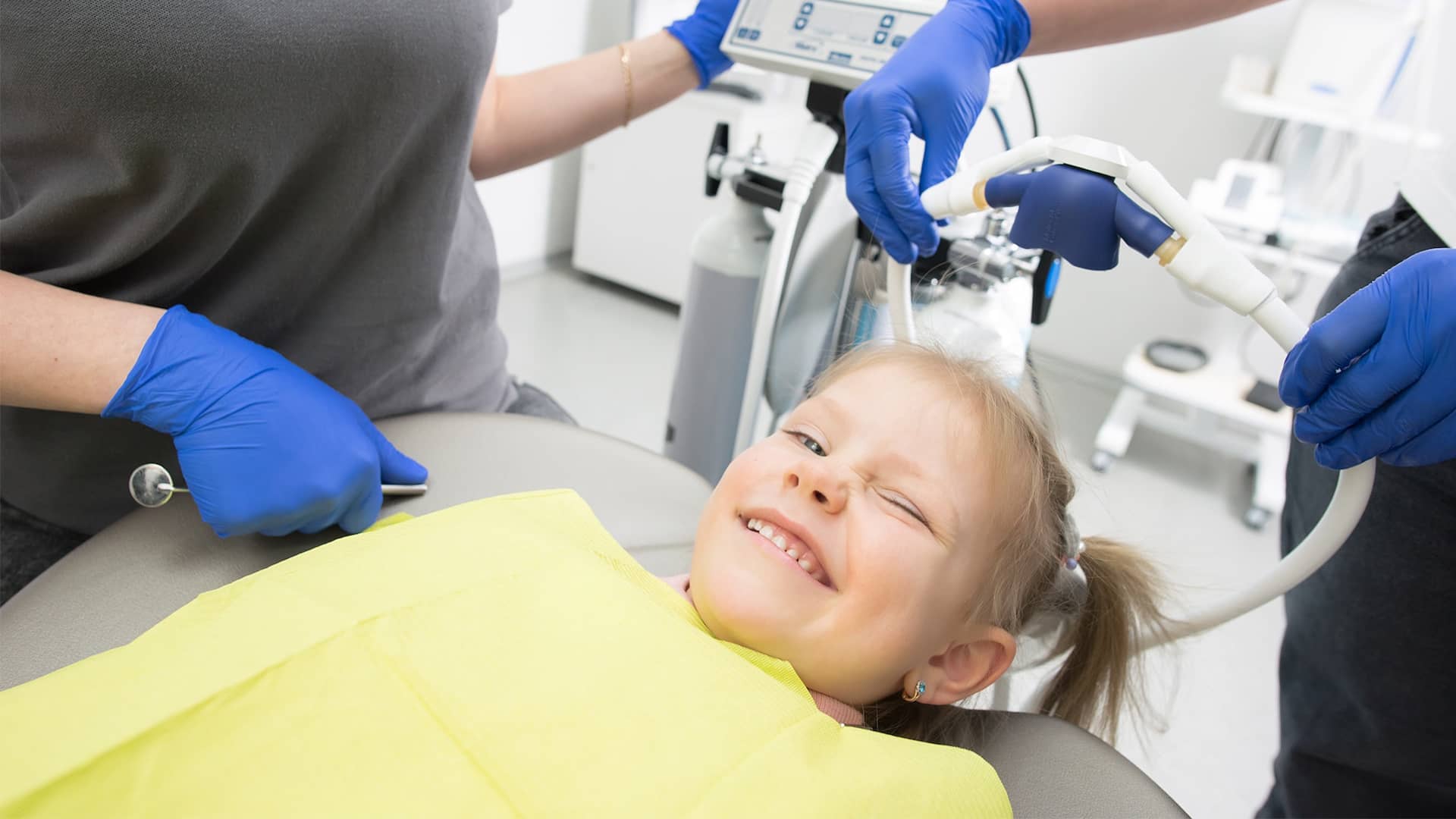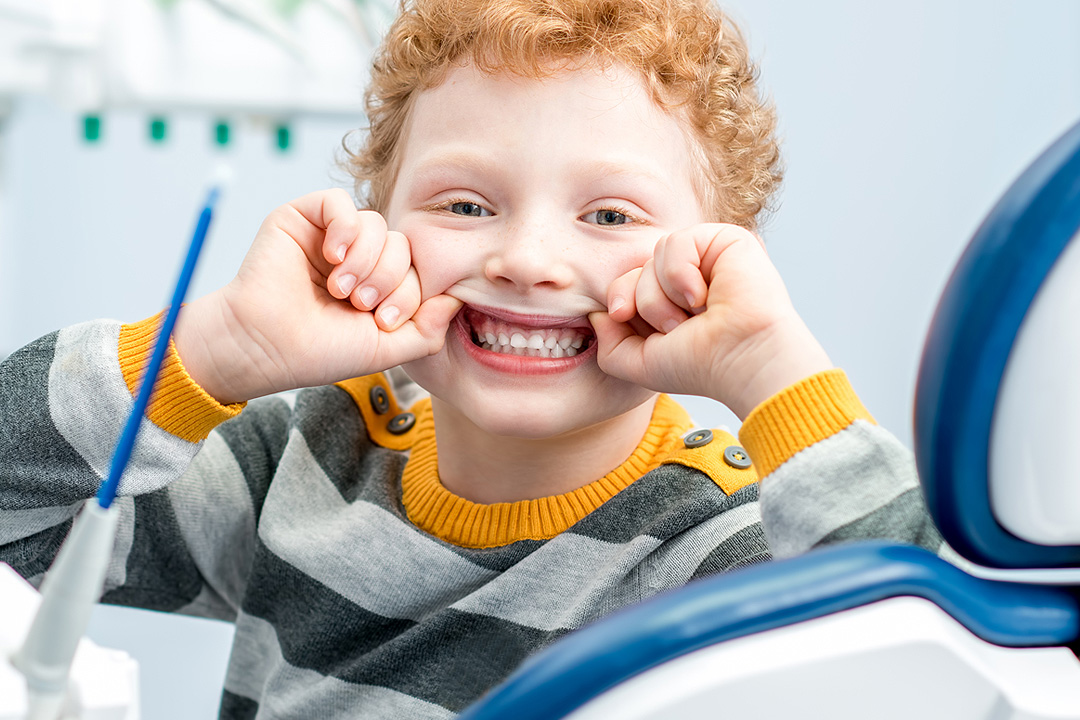General anesthesia is a controlled method for dental treatment in children and adults; expert evaluation is required.
General anesthesia is one of the methods used to perform dental treatments in children and adults. General anesthesia application can be performed by the dentist and general anesthesia doctor working as a team in a hospital environment. Before general anesthesia, the child must be examined by the anesthesiologist and the tests performed must be evaluated. The suitability of general anesthesia is decided by the anesthesiologist after this examination and evaluation. The child's preparation before general anesthesia, being put to sleep and controlled, continuity during the operation, awakening after the operation, and recovery are monitored by the general anesthesia specialist and team. The child's dental treatments during general anesthesia are performed by the dentist and team. If possible, all of the child's dental treatments and preventive applications are completed during general anesthesia. After general anesthesia, it is important for the child to come for dental examination according to the dentist's recommendations, have their check-ups done, and maintain oral hygiene. In this way, it is aimed for the child to get to know the dentist's chair, adapt, and reduce and eliminate their anxiety about dental treatments. In children who see that their teeth are treated and have no problems, fears usually decrease. Thus, their self-confidence also increases. At the same time, in children whose teeth are treated, appetite increases because the teeth begin to fully perform their functions.

Dental caries is a chronic, infectious disease that can be transmitted. Long-standing dental caries can cause some symptoms such as abscess, pain, and swelling. In such cases, teeth lose their functions or do not function fully. As a result, they prevent nutrition, which is one of the basic needs. Decrease in appetite begins involuntarily.
In addition, if an abscess develops, the child begins to experience insomnia or a period of poor quality sleep. Therefore, the child's sleep pattern is disrupted. Sleep is another basic need. A child who cannot sleep well becomes more restless during the day. In addition to these, some problems related to dental caries can also occur psychologically in children. Dental caries occurring in the front teeth, the presence of broken tooth/teeth can prevent the child from having a healthy smile and speaking. This can also prevent the child's socialization. For these reasons, dental caries in children should be treated in time.
Who Can General Anesthesia Be Applied To?
General anesthesia is used for treatment in children who do not show the necessary coordination for dental treatments and preventive applications in the dentist's chair, who cannot overcome dental phobia, who do not respond to the doctor's behavior guidance techniques, and who are at an age where they cannot handle the intensity of the treatment to be performed. In addition, in children with some syndromes (Down, autism, etc.), in children who cannot receive treatment due to gag reflex, etc., general anesthesia becomes a comfortable and fast method since dental treatment is not possible in the clinical environment.
When is General Anesthesia Applied?
The general anesthesia technique is not immediately decided and applied. First, the child's dentist chair and communication with the doctor are evaluated. This situation can be checked in one session or multiple sessions. In this process, which should be carried out in cooperation with the family and decided, it is important for the family to pay attention to the session intervals that the doctor deems appropriate. The doctor makes the general anesthesia decision by evaluating the psychological pressure created by the treatment on the child, the anxiety level in the child, the necessity of monitoring or treating the cavities, and the level of the gag reflex.


